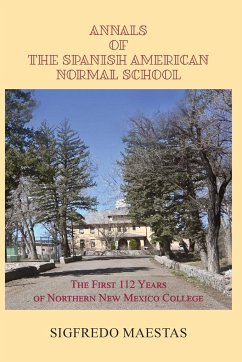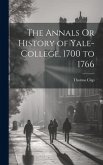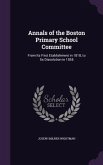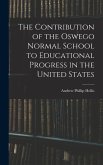In 2009, Northern New Mexico College celebrated 100 years of its founding as the Spanish American Normal School. This book is about the Normal School and what it became. Although a very small school in its early history, it served its students, the majority of them from this region of the Río Arriba, by adapting to their times and changing needs. Northern New Mexico College, as the school is known today, evolved from its origin in 1909 to become a source of pride for people and a cause for hope for better lives. Its influence is known and felt by people in its service area, educationally, socially, culturally, and economically. The book is celebratory, not profoundly analytical nor intentionally critical. Sigfredo Maestas has first-hand knowledge about the institution as a student of the Northern New Mexico Normal School in the mid-1950s. His acquaintance with the present college grew in the latter part of the 20th century, and the turn of the new century, when he became its dean and later its seventeenth president. He acquired a great appreciation for the social and cultural history of this region, aided by first-hand accounts of people who lived here. Names of people he has known over tIn 2009, Northern New Mexico College celebrated 100 years of its founding as the Spanish American Normal School. This book is about the Normal School and what it became. Although a very small school in its early history, it served its students, the majority of them from this region of the Río Arriba, by adapting to their times and changing needs. Northern New Mexico College, as the school is known today, evolved from its origin in 1909 to become a source of pride for people and a cause for hope for better lives. Its influence is known and felt by people in its service area, educationally, socially, culturally, and economically. The book is celebratory, not profoundly analytical nor intentionally critical. Sigfredo Maestas has first-hand knowledge about the institution as a student of the Northern New Mexico Normal School in the mid-1950s. His acquaintance with the present college grew in the latter part of the 20th century, and the turn of the new century, when he became its dean and later its seventeenth president. He acquired a great appreciation for the social and cultural history of this region, aided by first-hand accounts of people who lived here. Names of people he has known over the years figure prominently in this story. "Annals" seems like an apt title for these facts and recollections. Public and higher education in New Mexico have changed greatly since 1909 when the Spanish American Normal School was founded. The needs of students and potential students have also changed. Many times the Normal School's adaptation was exactly what the populace demanded, but sometimes it was not. The author has tried to point out, as honestly as the dim light of history permits, where the Normal School was successful in serving its people, and when it was less so. Because the school at El Rito was a boarding campus serving people who were economically poor, however, someone's need was always met.he years figure prominently in this story. "Annals" seems like an apt title for these facts and recollections. Public and higher education in New Mexico have changed greatly since 1909 when the Spanish American Normal School was founded. The needs of students and potential students have also changed. Many times the Normal School's adaptation was exactly what the populace demanded, but sometimes it was not. The author has tried to point out, as honestly as the dim light of history permits, where the Normal School was successful in serving its people, and when it was less so. Because the school at El Rito was a boarding campus serving people who were economically poor, however, someone's need was always met.








